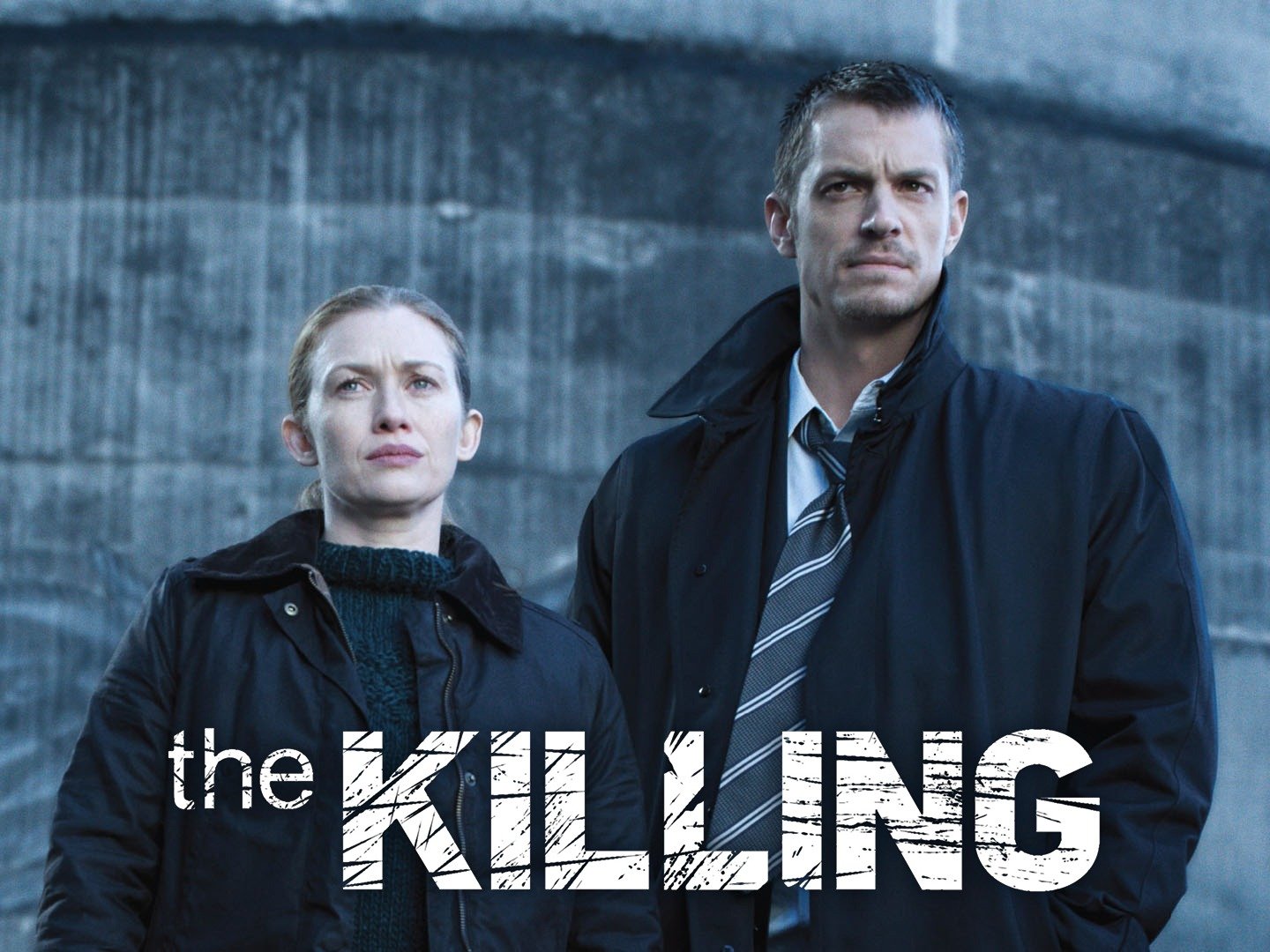Hesmondhalgh- it’s difficult for media companies to make every product successful however they rely on a few main products to get revenue by using star names and easy to follow narrative. Companies have to make a lot of money out of their products initially, because they don’t often resell the same product repeatedly.
- Products exist as a result of their economic context
- The media industry is a high risk business- only a few products are successful and take all the money in the business
Ways media companies expand:
- Horizontal integration- acquiring media companies that operate in similar sectors (achieves scale-based cost savings and maximise profits)
- Vertical integration- one company takes control over one or more stages in the production or distribution of a product (achieves significant cost-saving efficiencies)
- Multi-sector integration- buying companies across the culture industry (allows for further cross-promotion and employment of brand across media platforms
Primary audiences are those who receive the communication directly. Secondary audiences is anyone who may indirectly receive a copy of the communication. Tertiary audiences are audience is almost unaware they are consuming for example adverts in a magazine they are reading or on a billboard they walk past
Link to CSP’s
- No Offence is produced by Abbottvision and broadcast on Channel 4. Abbottvision is a production company
- Channel 4’s commitment to be innovative and distinctive.
- Prior to No Offence, Abbott’s most successful programme had been Shameless which was a realistic representation of the lives of people at the lowest end of the socio-economic scale
- Channel 4 buys programming from production companies
- Having a distinctive production background and being a ‘Channel 4 programme’ adds to the branding of No Offence itself and helps audiences know what to expect from the programme
- Channel 4 uses series such as No Offence to add value to the channel through the availability of the ‘box set’ on All4
- The Killing was the catalyst for the wider distribution of foreign language crime programming on UK television
- was produced the Danish national public service broadcaster DR
- specialised nature of media production, distribution and circulation within a transnational and global context
- it was broadcast in the UK nearly five years after its success in Denmark (doesn’t follow Hesmondhalgh’s theory that media companies make products as a one time thing)
- Produced by DR and German company ZDF, the police drama was created and written by Søren Sveistrup. – This allowed more opportunity for global networking and international release, bringing more viewers and therefore, money.
- The character of Sarah Lund is a familiar detective stereotype


